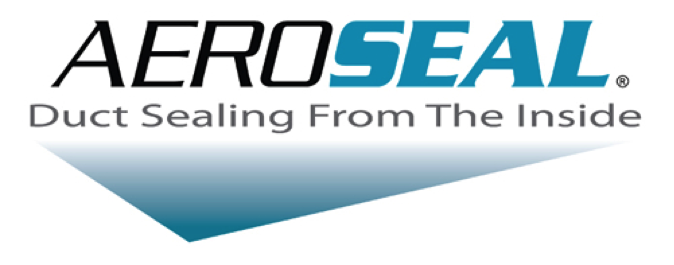Did you know?
The U.S. Department of Energy (DOE) and the Electric Power Research Institute (EPRI) determined 25% to 40% of the heating and cooling energy produced by heating, ventilating, and air conditioning systems is lost through ductwork systems.
Duct sealing in commercial buildings cost effectively saves energy, improves air balance and thermal distribution (comfort and ventilation), helps comply with building codes, and reduces cross-contamination between different building zones (i.e., bio-aerosols, localized indoor air pollutants, etc.).
The computerized duct system analysis performed by Aeroseal will illustrate not only the building leakage percentage, but also the impact that sealing those leaks can have on your company’s bottom line. Using local utility rates, estimated system operating hours, and other inputs supplied by your operations personnel, our software closely calculates all the financial parameters of the project including:
- Simple payback
- Benefit-to-cost ration and ROI

HOW MUCH ENERGY DOES THE SEALING PROCESS SAVE?
Energy savings are different for light commercial vs. large commercial buildings and depend upon the initial duct leakage level. The Aeroseal Energy Savings Cost Estimator can be used to calculate the savings for both types of buildings. For ducts above an insulated ceiling in a light commercial building, energy savings should be 10–30% of HVAC energy use, and peak electricity-demand reduction is generally a higher percentage. In a large commercial office building with a VAV system, energy savings and demand reduction should be 20–40% of fan-system energy use and 5–10% of cooling energy use. As a rough estimate, excluding any of the non-energy benefits of duct , simple payback times typically range from 1 to 4 years, and return on investment varies between 30% and 70%.
How Does the Aeroseal Process Work?
The Aeroseal process seals duct leaks from the inside, using small sealant particles that deposit at the leaks without coating the interior of the duct system. The duct system is pressurized with a fog of sealant particles that then stay suspended in the air until they try to exit the duct system. By blocking all of the intentional openings in the duct system (i.e., diffusers or grilles), all of the sealant-laden air is forced out through the leaks. As the duct pressure causes the particles to accelerate through the leaks, they stick to the edge and build upon each other until the leaks are sealed. By constantly monitoring the duct pressure and flow, the process-control computer calculates and displays the remaining leakage in real time. When the sealing is finished, a complete minute-by-minute record of the process is printed, stored on the local computer, and uploaded to the internet to be archived on the Aeroseal server. Watch animation.
AEROSEAL BENEFITS
- Reduces up to 90% of duct leakage
- Fixes pressurization issues
- Decreases fan horsepower
- Extends equipment life
- Improves IEQ
- Increases comfort
- Does not require shutdown or interruption of daily operations to Aeroseal buildings
- Consumes less energy
- Saves on heating and cooling costs

AEROSEAL was awarded Product of The Year by AHR Expo 2016
More info
Product application summaries:
